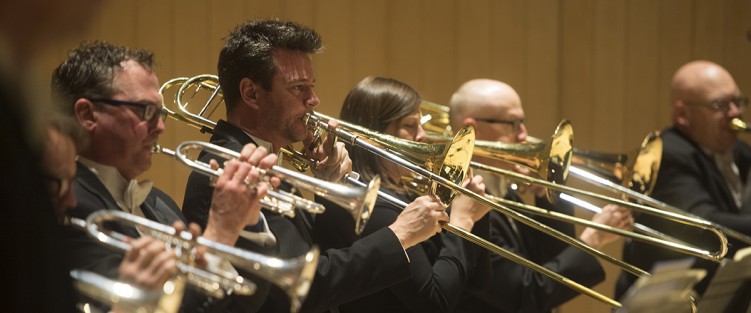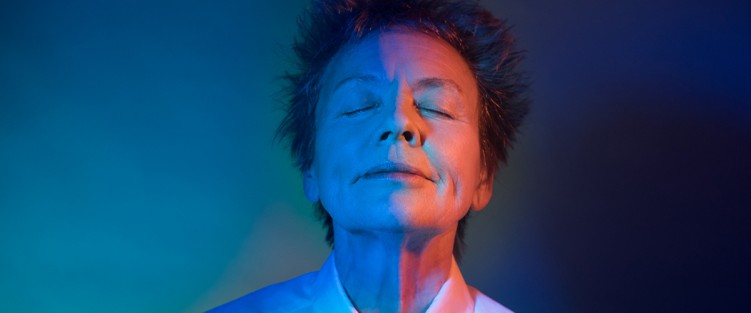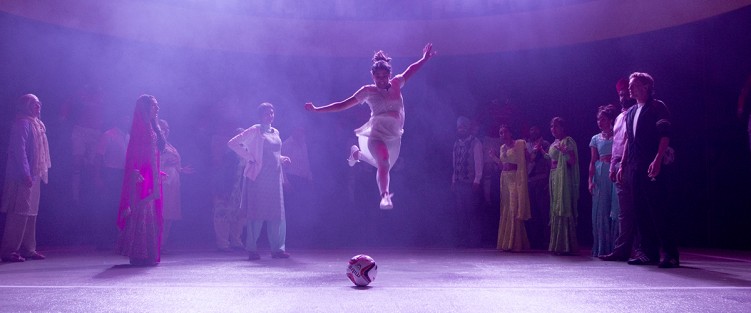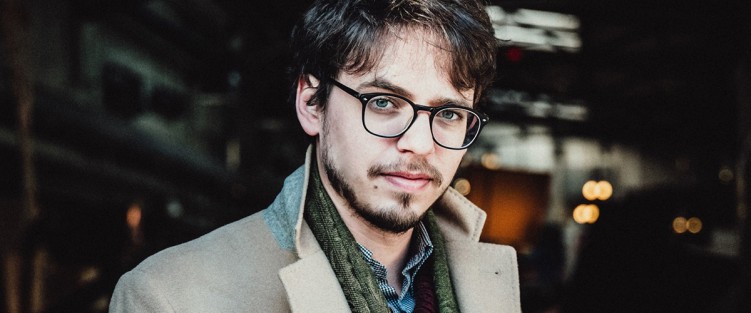The Trombone Shall Sound? Mozart’s Handel’s Messiah: An Orchestra Librarian’s Nightmare
 For many North American orchestras, playing in the pit for ballet performances of Tchaikovsky’s Nutcracker is a common holiday tradition. This was my experience, first as a clarinetist and then as an orchestra librarian. My first encounter with Messiah as a professional, however, was during my interview for the librarian position of the Phoenix Symphony when I was asked, “What edition do you like for the Messiah?” It is an extraordinarily complex question – much more so than I would have known at the time. I managed to offer up something I’d learned from a couple of sing-along Messiahs I had attended – the organizer cautioning the audience/performers about the different numbering systems in various publications. But over the succeeding 30 years I have learned that there is much more to it than that, as I hope to share with you in this article.
For many North American orchestras, playing in the pit for ballet performances of Tchaikovsky’s Nutcracker is a common holiday tradition. This was my experience, first as a clarinetist and then as an orchestra librarian. My first encounter with Messiah as a professional, however, was during my interview for the librarian position of the Phoenix Symphony when I was asked, “What edition do you like for the Messiah?” It is an extraordinarily complex question – much more so than I would have known at the time. I managed to offer up something I’d learned from a couple of sing-along Messiahs I had attended – the organizer cautioning the audience/performers about the different numbering systems in various publications. But over the succeeding 30 years I have learned that there is much more to it than that, as I hope to share with you in this article.






